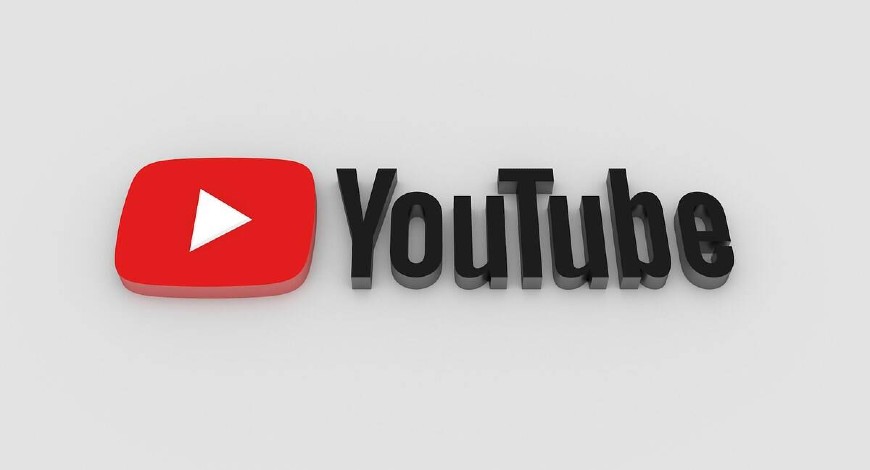Company News
YouTube TV Powers Up to More Than 8 Million Subscribers

YouTube TV has piloted past a new milestone: The internet pay-TV service now has more than 8 million subscribers, according to the video giant.
That means YouTube TV, available only in the U.S. starting at $72.99 per month, is far and away the biggest internet-streaming subscription TV service in the country. The next largest is Disney’s Hulu + Live TV, which had 4.6 million customers as of the end of Q3, followed by Dish’s Sling TV (2.1 million) and Fubo (1.5 million). YouTube TV is still smaller than Comcast’s Xfinity TV base of 14.1 million as of year-end 2023 but the No. 1 U.S. cable TV operator saw a year-over-year drop of 2 million as traditional TV continues to shrink.
“This year, we’ll continue to deliver a best-in-class experience for subscriptions and YouTube in the living room,” CEO Neal Mohan wrote in a blog post announcing the figure.
The last time Google reported a subscriber number for YouTube TV was in mid-2022, when it said the service had more than 5 million customers (including those on free promo trials). What likely helped boost subscribers over the last several months: YouTube nabbed exclusive U.S. rights to the NFL Sunday Ticket out-of-market games package starting with the 2023 season. Google is paying the NFL as much as $2.5 billion per year over the seven-year pact, and it’s possible the internet giant views Sunday Ticket as a loss leader.
It’s the latest bit of chest-thumping for Google and YouTube about the scale and scope of their subscriptions biz. Last week, Alphabet CEO Sundar Pichai boasted that YouTube and Google subscription services (inclusive of YouTube TV) generated more than $15 billion in revenue last year. Two days later, YouTube announced that its Premium and Music subscription services have crested 100 million customers.
Mohan, in the Feb. 6 post outlining YouTube’s 2024 agenda, offered some other salient numbers. Viewers globally now watch more than 1 billion hours of YouTube content on their TVs every day on average. And the platform now has more than 3 million channels in the YouTube Partner Program (up from 2 million in August 2021), which shares ad revenue with eligible creators, according to Mohan.
Since the YouTube Partner Program started in 2007, “the growth of the creator economy has been incredible,” he wrote. Per Mohan, YouTube overall has paid more than $70 billion to creators, artists and media companies over the last three years.
This month marks Mohan’s one-year anniversary as head of YouTube. Formerly the video platform’s chief product officer, he took over the CEO spot after Susan Wojcicki stepped down.
In the blog post, Mohan outlined “four big bets we’re making across YouTube” — which are actually mostly a continuation of its existing strategy. In 2024, YouTube plans to launch a campaign to inform “policymakers and partners across the industry” about the “economic and entertainment value that creators bring to the table.”
“Being a creator is a full-time job with an international audience, but most governments don’t account for creators in their labor data,” Mohan explained. “We believe creators should be recognized for their work and creators at the top of their game should be acknowledged in key industry forums.”
In 2024, YouTube’s other “big bets” are further developing AI-enabled creative tools; building out features for watching on TV; and “protecting the creator economy” via safety and security policies to combat hate speech, incitement to violence, election interference and other threats, Mohan wrote.
“We’re leveling the playing field and developing AI tools that empower everyone,” the CEO wrote. He called out YouTube’s recently launched AI initiatives, like Dream Screen, which produces AI-generated backgrounds for YouTube Shorts, and Dream Track, an experimental AI music generator that can mimic the vocals of artists including Charlie Puth, Demi Lovato, T-Pain and Troye Sivan (who have collaborated with the platform on the project).
Regarding AI’s potential harms, Mohan wrote, “We quickly evolve and adapt when new challenges emerge, and we’ll do so again as generative AI makes more sophisticated deepfakes possible and raises new questions. Not only do all of our existing policies apply to synthetically generated content, we’ll also add new layers of transparency and protections.” For example, over the next few months, YouTube plans to introduce labels for realistic-looking content that is AI-generated. Variety





